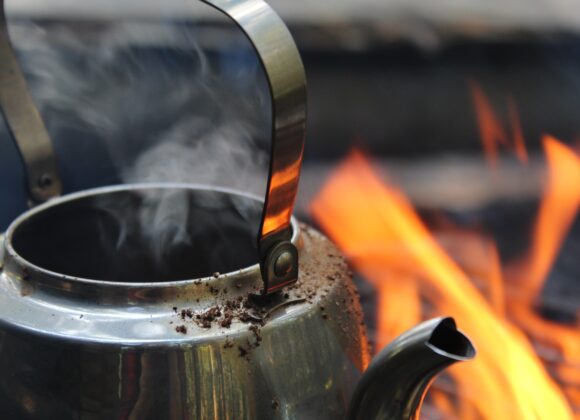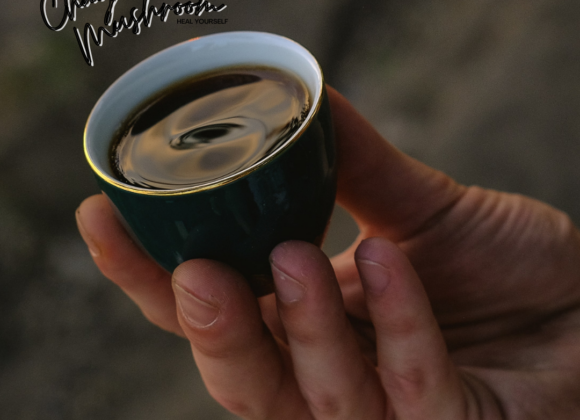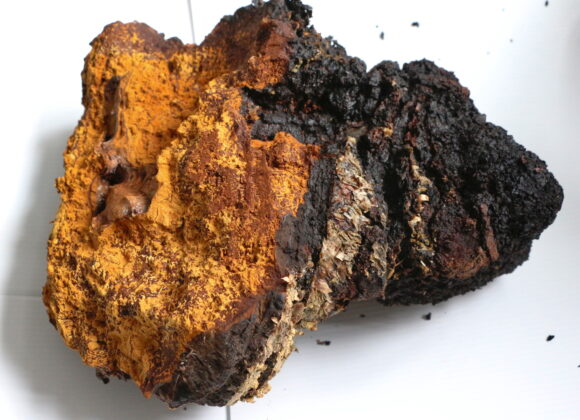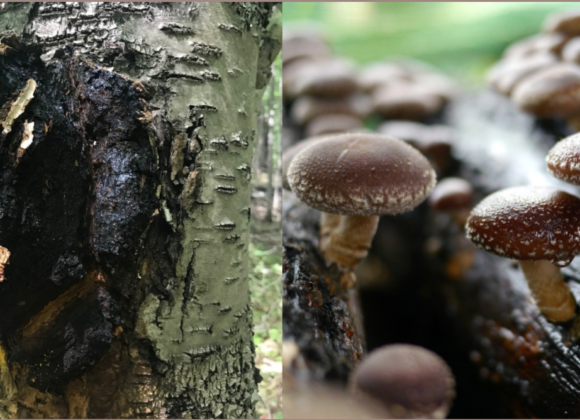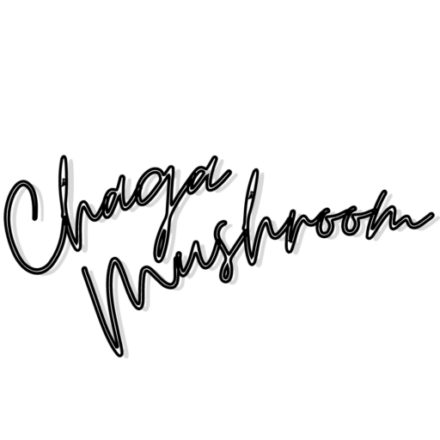Starting from Siberia, in the shockingly cold weather conditions, the fungus has been known as a staple food item for hundreds of years. The mushroom tea was drunk to calm digestion and gain endurance. Unfortunately chewing on a fresh raw Chaga won’t give you the known health benefits, so let’s go over a few methods and rules of storing the fungus.
Consuming fresh raw chaga
Raw Chaga itself does no harm but Chaga tea should be brewed with dried Chaga chunks or powder. Moisture causes Chaga to lose its nutritional value once harvested from a tree. Being easily exposed to mold, you’ll need the fungus to be dried for a longer shelf-life, and in order to risk any health hazards accruing from improper storage.
There are two most prevalent types of mold, the more common one is white mold on the Sclerotium – black outer layer. The second one is a greenish-blue mold in the inner layer. Both develop with improper processing and storage. Chaga with mold on it is not safe for human consumption.
While you may not think that it needs to be dried if you are just going to enjoy a cup of fresh chaga straight after cutting it off a tree, it is unlikely that you are going to use all your harvested chaga at once.
Treating gathered fresh chaga
Once you’ve cut off your piece of Chaga. Make sure to only leave the solid parts of the fungus – the outer and middle parts. We suggest you right then and there, next to the tree, cut up the gathered fresh Chaga into small pieces (chunks). Wrap them up in a clean cloth or store the pieces in a clean bag. From there, head home and prepare to wait for a few days until you start experimenting with Chaga recipes.
How to properly dry chaga?
The process of drying Chaga isn’t complicated, just make sure not to let the temperature exceed 50 degrees Celsius. Feel free to use a dehydrator or dry them in an oven by keeping the oven door somewhat open for airflow, perhaps you’ll even find a dry, warm, well-ventilated spot to leave the Chaga to dry safely. Experiment with different tools available for you. The drying process generally takes a few days.
Chagamushroom.co.uk team
As dried chaga can last for years, make sure to put in the right effort when drying it. A tip for testing the moisture level is to touch some to your lip.
When your Chaga is dry you’ll want to store it in a cool, dry place, away from direct sunlight (it’ll easily bleach in direct sun).
How does chaga tea taste?
Chaga tea is flavourful and has medicinal benefits. Chaga’s flavour is earthy with slight bitterness but a sweeter undertone. The fungus is super high in antioxidants – it has even been claimed to have the highest amount of antioxidants of any food on Earth.
Can you boil chaga?
Chaga loses some of its nutrients when boiled but heating on the other hand expands the cell walls of the Inonotus obliquus. Which allows for more nutrients to become bioavailable and produce a stronger healing potion. So the key to a good Chaga tea is letting it simmer and steep over a longer period of time. If you’re curious about this topic or would like to see our favorite Chaga tea brewing method, check out our article: “Does boiling Chaga ruin it?”.
Can you reuse chaga chunks?
Chaga chunks or nuggets can be reused up to five times. Make sure you avoid letting the water come to a boil while the fungi is in it, in order to keep it’s medicinal value. To reuse your Chaga strain out the Chaga chunks from a batch of tea and leave the nuggets on the side to dry. Once they’re all dried up, store the pieces in a cool, dry and dark place.



